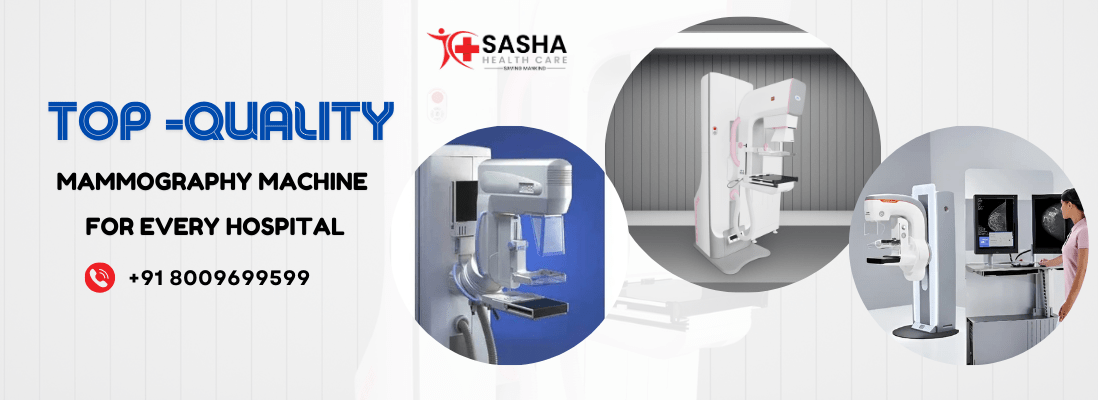Complete Mammography Machine Guide: GE, Hologic, Siemens & More
GE Healthcare Mammography Machines
1. Senographe Essential
- Digital mammography system
- 24×30 cm detector
- Ideal for routine screening
- DOSE+ feature for dose optimization
2. Senographe Pristina
- First self-guided mammography system
- Pristina Dueta – patient-assisted compression
- Superior ergonomics with rounded corners
- 3D tomosynthesis capable
3. Senographe DS
- Full-field digital mammography
- Advanced image processing
- Compatible with ABUS (automated breast ultrasound)
Hologic Mammography Machine
1. Selenia Dimensions
- First FDA-approved 3D mammography
- 2D/3D imaging in one system
- 70μm resolution detector
- Dimensions 5000 – Latest model with improved workflow
2. 3Dimensions
- Next-gen tomosynthesis system
- 15% faster imaging than previous models
- Intelligent compression (SmartCurve+)
- Crystal detector technology
Siemens Healthineers Mammography Machine
1. Mammomat Inspiration
- Full-field digital mammography
- PRIME option for dose reduction
- OpComp – optimized compression
- 24×30 cm active detector area
2. Mammomat Revelation
- Advanced 3D tomosynthesis
- 50° wide-angle tomosynthesis
- Syngo FastView for rapid image processing
- Tube tilt capability (+/- 7.5°)
MicroDose/Philips Mammography Machine
1. MicroDose SI
- Photon-counting technology
- Lowest dose in industry (typically <0.5mGy)
- 50μm resolution
- L30 biopsy option available
2. MammoDiagnost DR
- Full-field digital system
- Automatic exposure control
- Compact footprint
- 24×30 cm detector
Comparison Table: Top Mammography Systems
| Model | Type | Key Feature | Best For |
|---|---|---|---|
| GE Pristina | Digital + 3D | Patient-assisted compression | High-volume screening |
| Hologic 3Dimensions | 3D Tomosynthesis | SmartCurve+ compression | Diagnostic imaging |
| Siemens Revelation | Wide-angle 3D | 50° tomosynthesis | Dense breast imaging |
| MicroDose SI | Photon-counting | Ultra-low dose | Young patients/screening |
FAQ Section
Q: What’s the difference between 2D and 3D mammography?
A: 3D (tomosynthesis) captures multiple slices of breast tissue, improving cancer detection by 20-40% in dense breasts compared to standard 2D.
Q: Which machine offers the lowest radiation dose?
A: MicroDose SI uses photon-counting technology to deliver the industry’s lowest dose (typically <0.5mGy per view).
Q: How often should mammography systems be replaced?
A: Typically every 7-10 years, though software upgrades


